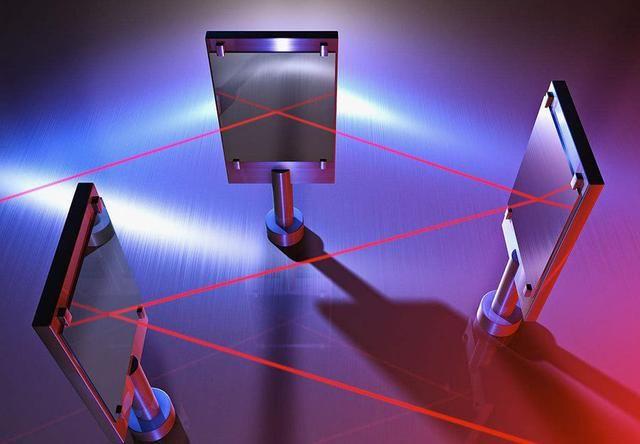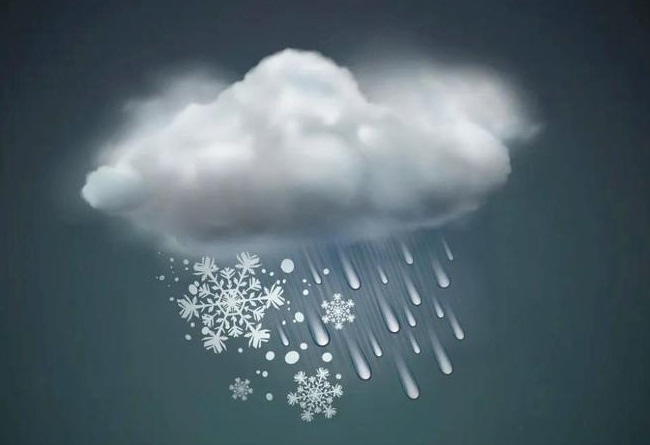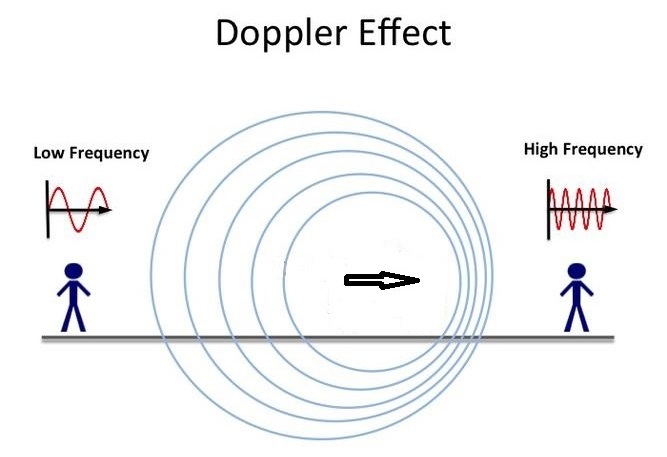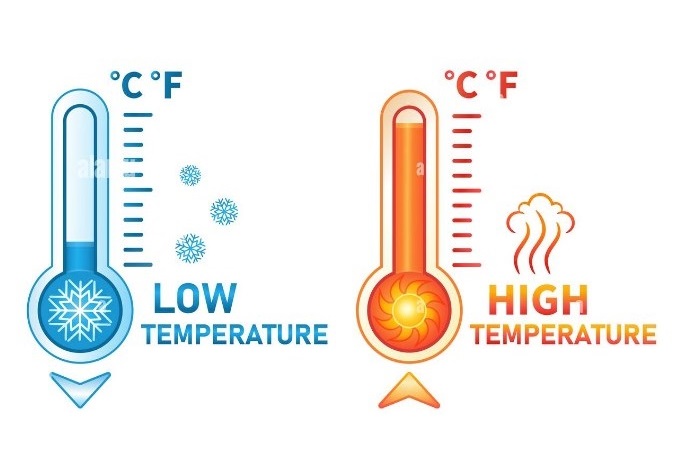1. Reflectivity of the target object: The color, material, and surface roughness of the target object affect the intensity of the reflected laser beam. Highly reflective targets result in stronger echo signals, while low-reflectivity targets may weaken the signal, impacting measurement accuracy.

2. Environmental conditions: This includes temperature, humidity, atmospheric pressure, and air quality. These factors affect the speed and attenuation of laser propagation in the air, especially in long-distance measurements. Strong background light or electromagnetic interference can disrupt the laser sensor's receiver, reducing the signal-to-noise ratio and thus the accuracy of measurement results. Weather conditions such as fog, rain, and snow can scatter or absorb the laser beam, decreasing the laser energy reaching the target object and weakening the echo signal, impacting measurement accuracy. Wind and other airflows can cause the laser beam to shift or jitter, affecting measurement accuracy.

3. Motion state of the target object: A moving target object can cause Doppler frequency shifts in the laser echo signal. If the rangefinder lacks a corresponding motion compensation mechanism, this may affect measurement results.

4. Operating Conditions: Prolonged operation can lead to excessive temperature of sensor or long-term operation in low-temperature environments, may cause permanent damage to the sensor.
